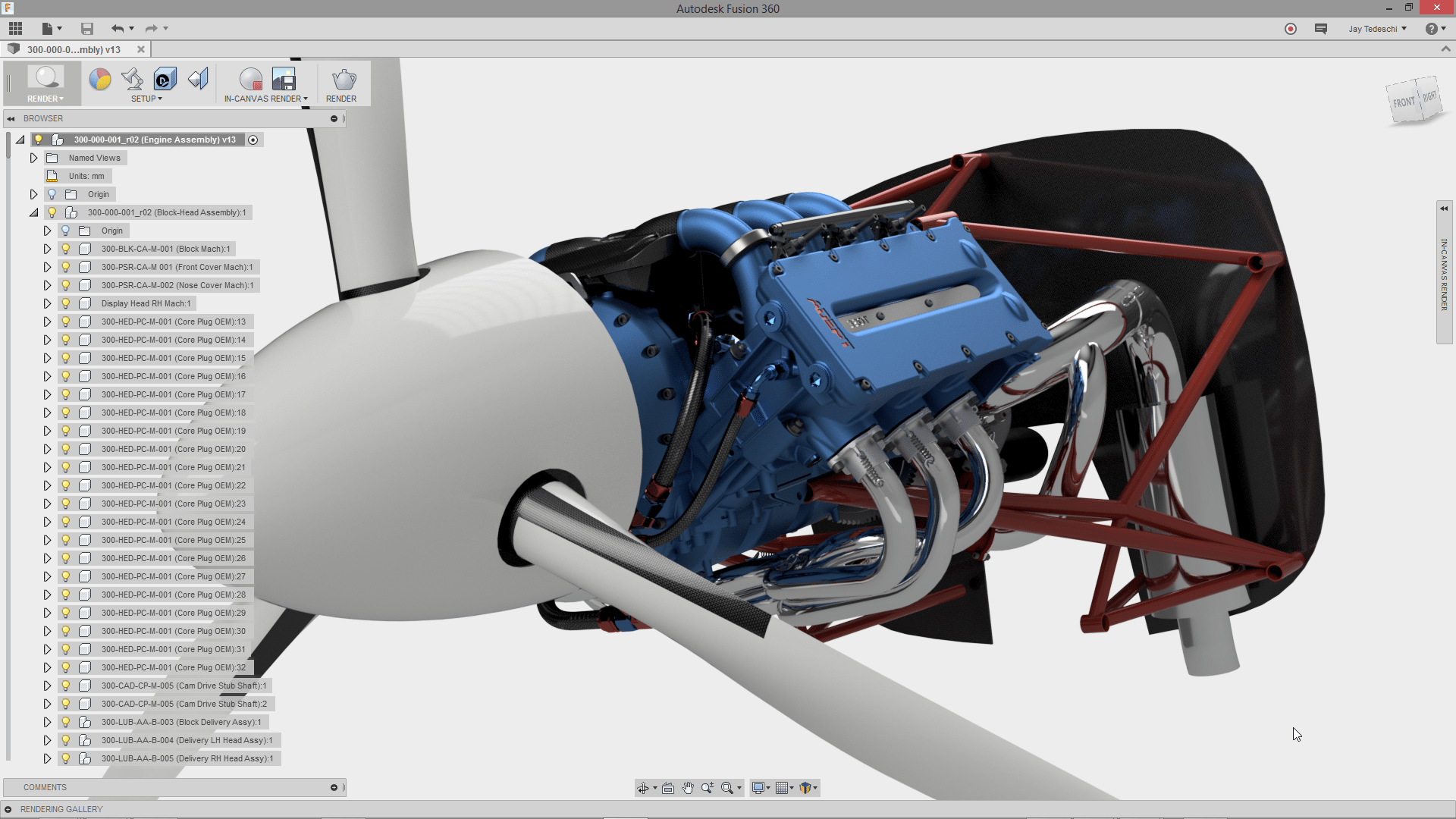The cost of catching fish has dropped along with the carbon footprint in the fishing community in Santiago in the Iloilo Province of the Philippines. Working with Pinnovation Academy, fishers in Santiago have designed and built the Tambon 2.0, a partially submerged bamboo platform for raising and catching fish. The structure combines two fishing methods traditional to the Philippines, the tangkal fixed net platform and the tambon artificial fish nursery.

The Tambon 2.0 is making fishing more sustainable in the community in Santiago in the Philippines. Photo: Alve Ortego / Center for Disaster Preparedness Foundation
“There are times the Tambon 2.0 can catch 50 kilograms of fish in two days,” Alve Ortego, community facilitator in Vasayas for Center for Disaster Preparedness Foundation told Engineering for Change. The Center manages the Pinnovation Academy, which is a community-led climate change adaptation innovation program working with the fishing community.
The Tambon 2.0 is a two-step process. First it attracts and shelters fish in an artificial nursery, allowing them to multiply and grow over the course of two months. Then it attracts fish to a fixed net at night using a light.
The artificial nursery (the tambon) is made from coconut leaves, branches and other naturally occurring materials. It is placed underwater where it can attract fish and other sealife and protect it, similar to a miniature reef. The net is attached to a bamboo platform (the tangkal) built around the nursery. The night rises and lowers on a winch to bring up the catch and to return underwater for the next haul.

Tambon 2.0 in the fishing community in Santiago in the Philippines. Photo: Alve Ortego / Center for Disaster Preparedness Foundation
“It uses indigenous materials, it uses fish net with bigger holes, so small fish are not caught during harvest, only the big ones. Tambon 2.0 couldn’t be more timely especially as the world grapples with climate change,” Joy Gutierrez, a Pinnovator involved in the project told Elrha, the non-governmental organization based in Cardiff, Wales that partnered with the Pinnovation Academy.
Other fishing communities use tambon and tangkal, but the fishers in Santiago have designed their system for half the cost using local materials and solar lights. Other tambon have PVC parts and diesel generators for their lights at an average cost of ₱150,000 (USD $2,600), while the Tambon 2.0 costs ₱70,000 (USD $1,200).
The Santiago fishing community has led the entire innovation process as a community-driven initiative. They generated the idea, prototyped and tested iterations of the design and they evaluate and monitor the Tambon 2.0. The community has also begun to partner with other fishers in the region to share the design and support them as they build their own. Santiago’s community engages with local government and stakeholders for support as they share their design. So far, Tambon 2.0 has been replicated in the nearby village of San Francisco.
See the Tambon 2.0 in action:

